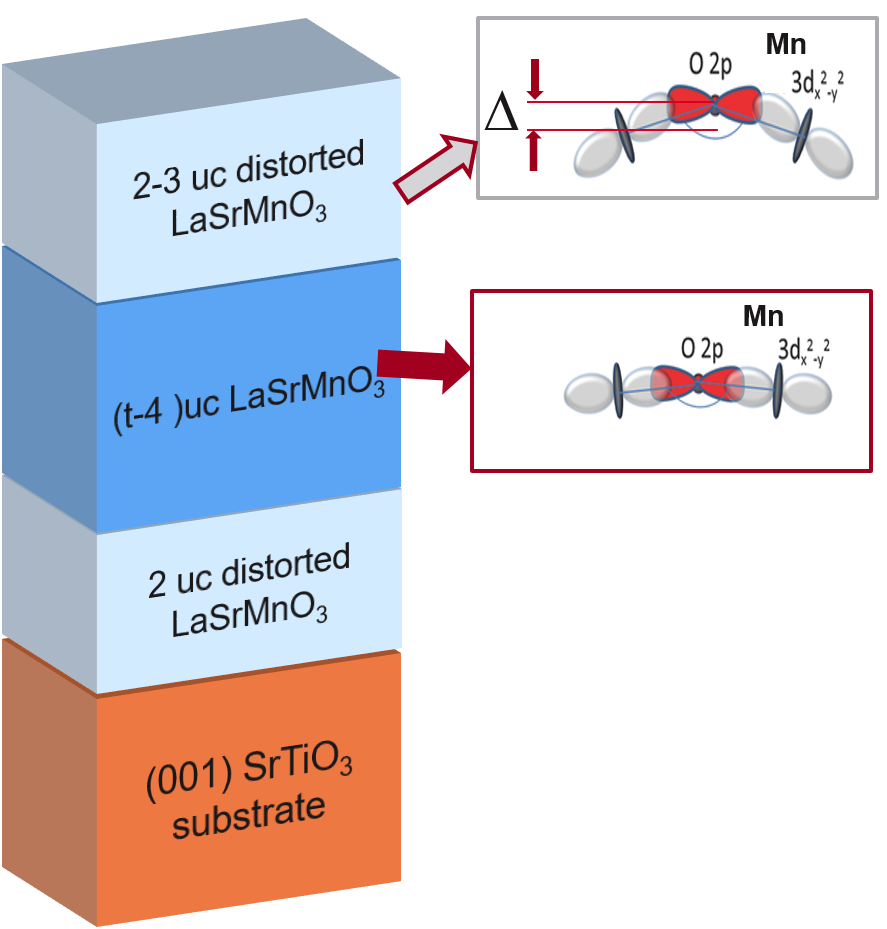LaSrMnO3 films have unique magnetic and transport properties which make them an excellent candidate for spintronic devices. For decades, it has been known that, their unique properties are lost when films of this material are fabricate with thicknesses below 4-10 unit cell (1 unit cell ~ 0.4 nm). Using synchrotron X-ray diffraction experiments, we find that the structures of thin films of LSMO are not uniform and comprise of 3 distinct regions: I) A top region extending 2-3 unit cells with strong polar distortions, 2) a middle region with no distortions and 3) an interfacial region 2-3 unit cells thick where material exchange across the film-substrate interface leads to strong changes in the LSMO composition in this region. We find that the distortions are driven by polar discontinuties at the LSMO interfaces and may be responsible for the observed thickness-dependent magnetic and electronic transitions. Identifying and eliminating these distortions is key to the development of the next generation of nanoscale devices for data storage and processing.

